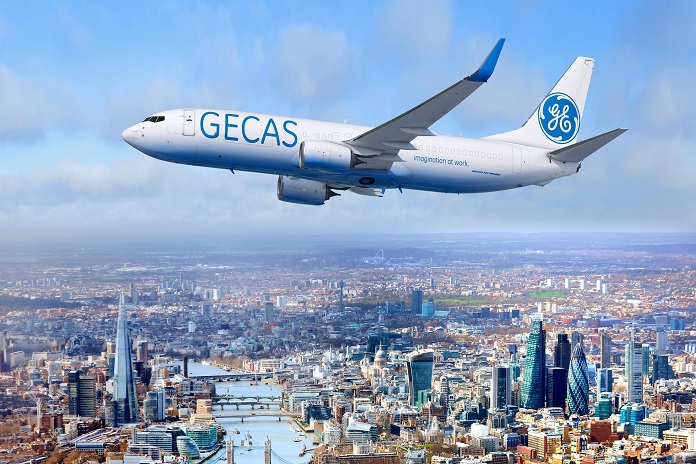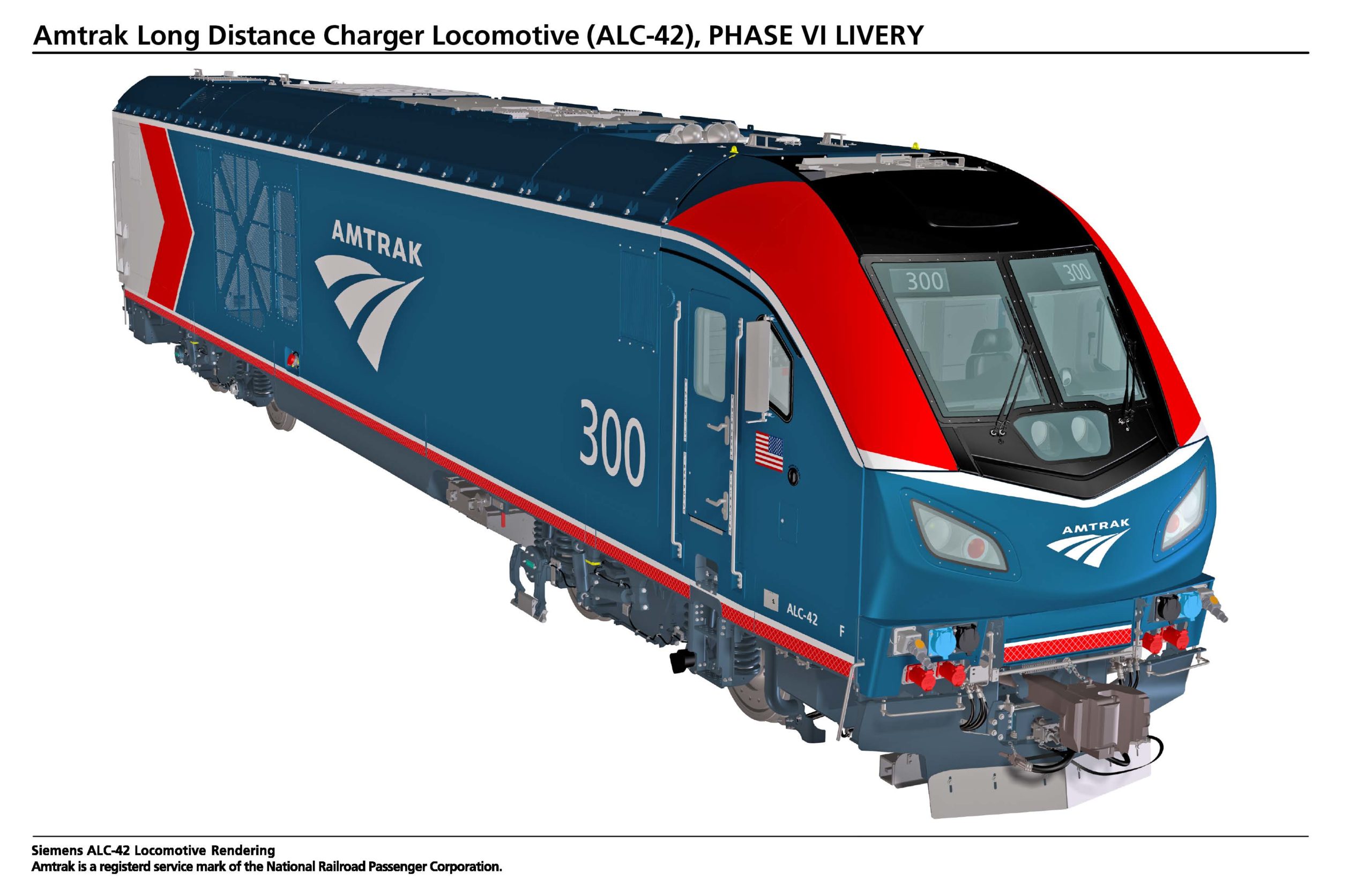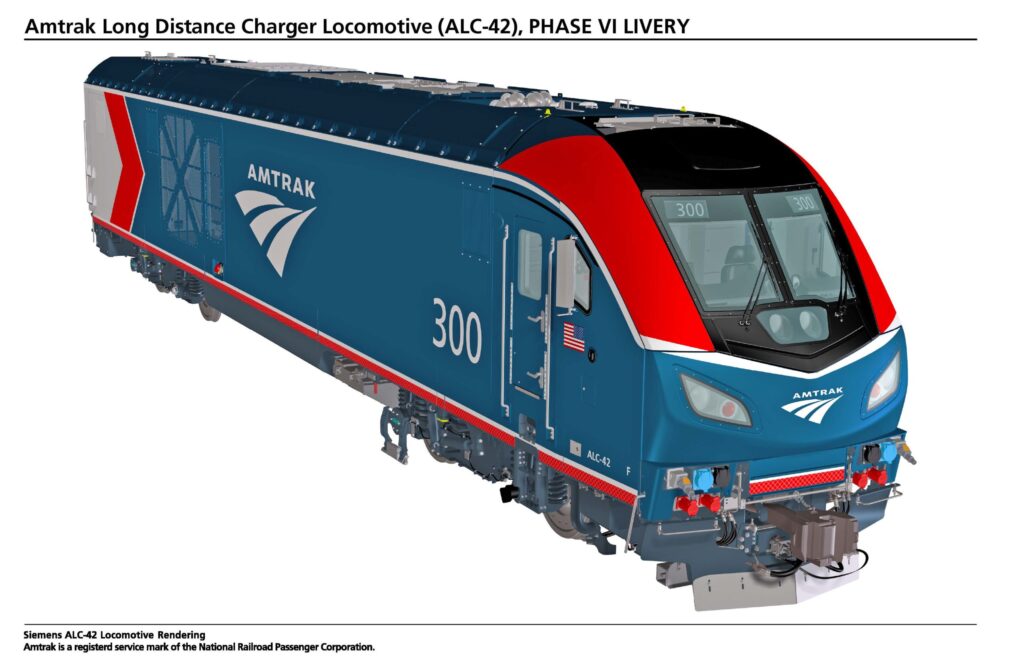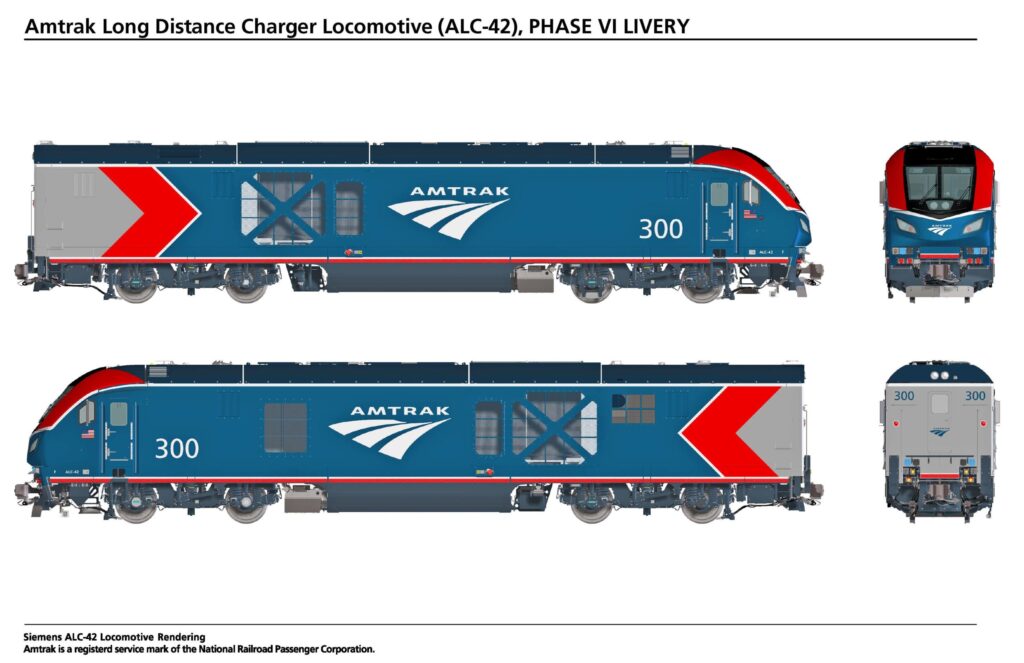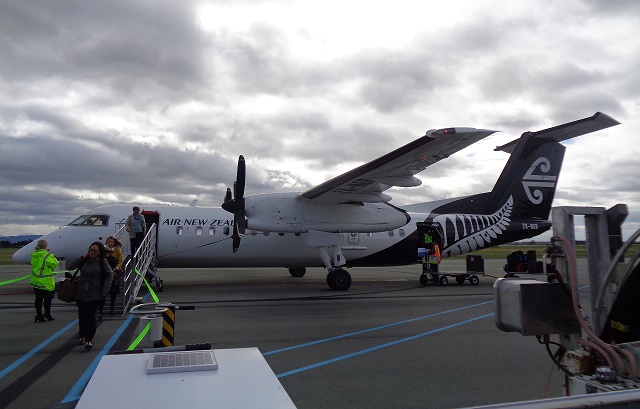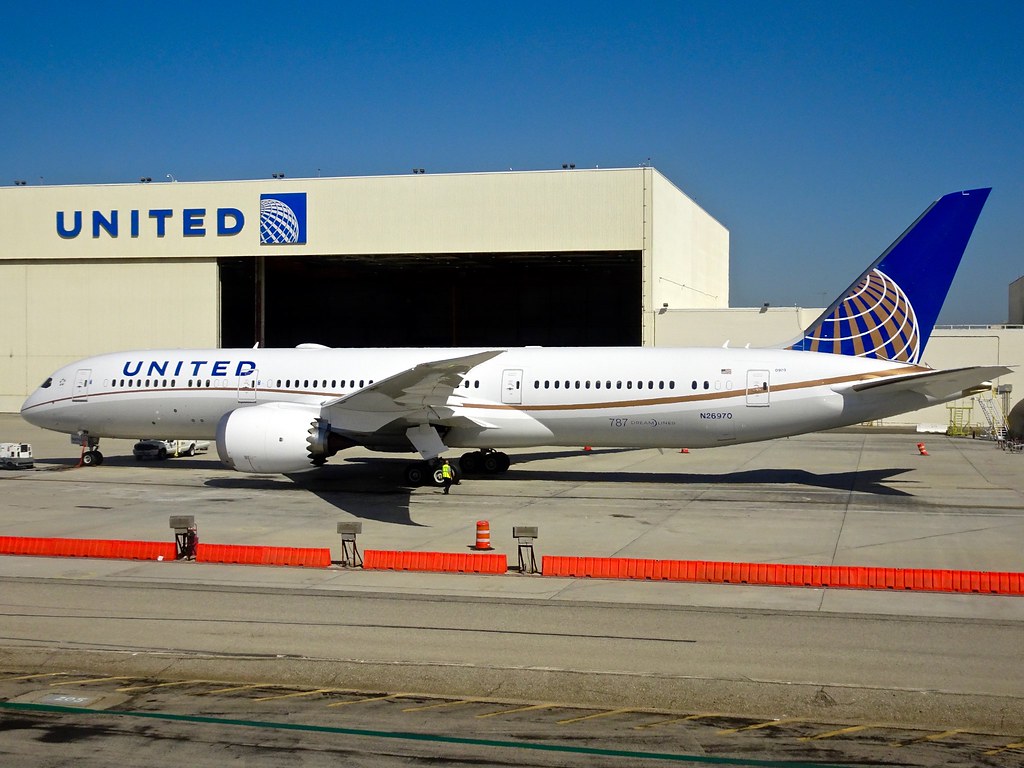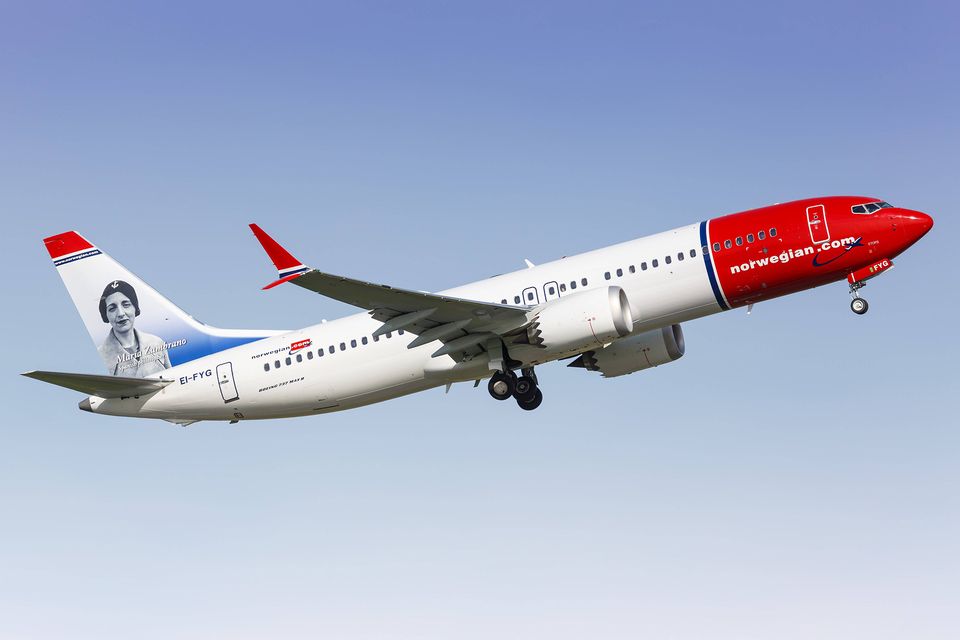Virgin Galactic has completed its third spaceflight and the first ever from Spaceport America, New Mexico. Today’s flight sees New Mexico become the third US state to launch humans into space. VSS Unity achieved a speed of Mach 3 after being released from the mothership, VMS Eve, and reached space, at an altitude of 55.45 miles before gliding smoothly to a runway landing at Spaceport America.
On VSS Unity’s flight deck were CJ Sturckow and Dave Mackay, while Kelly Latimer and Michael Masucci piloted VMS Eve. CJ, who flew as pilot-in-command, becomes the first person ever to have flown to space from three different states. The crew experienced extraordinary views of the bright, blue-rimmed curvature of the earth against the blackness of space. New Mexico’s White Sands National Park sparkled brilliantly below. Their experience today gives Virgin Galactic’s Future Astronaut customers a glimpse of what lies ahead.
Virgin Galactic fulfilled a number of test objectives during the flight, including:
- Carried revenue-generating scientific research experiments as part of NASA’s Flight Opportunities Program.
- Collected data to be used for the final two verification reports that are required as part of the current FAA commercial reusable spacecraft operator’s license.
- Tested the spaceship’s upgraded horizontal stabilizers and flight controls and validated EMI reductions.
Following the flight, and in line with normal procedures, Virgin Galactic will conduct a review of all test data gathered and thoroughly inspect the spaceship and mothership. Once the team confirms the results, the Company plans to proceed to the next flight test milestone.
To celebrate the first human spaceflight from New Mexico, the Zia Sun Symbol of New Mexico’s state flag was placed prominently on the exterior of the Spaceship. In addition, we flew green chile seeds, which are synonymous with the state’s rich agricultural and culinary history.

